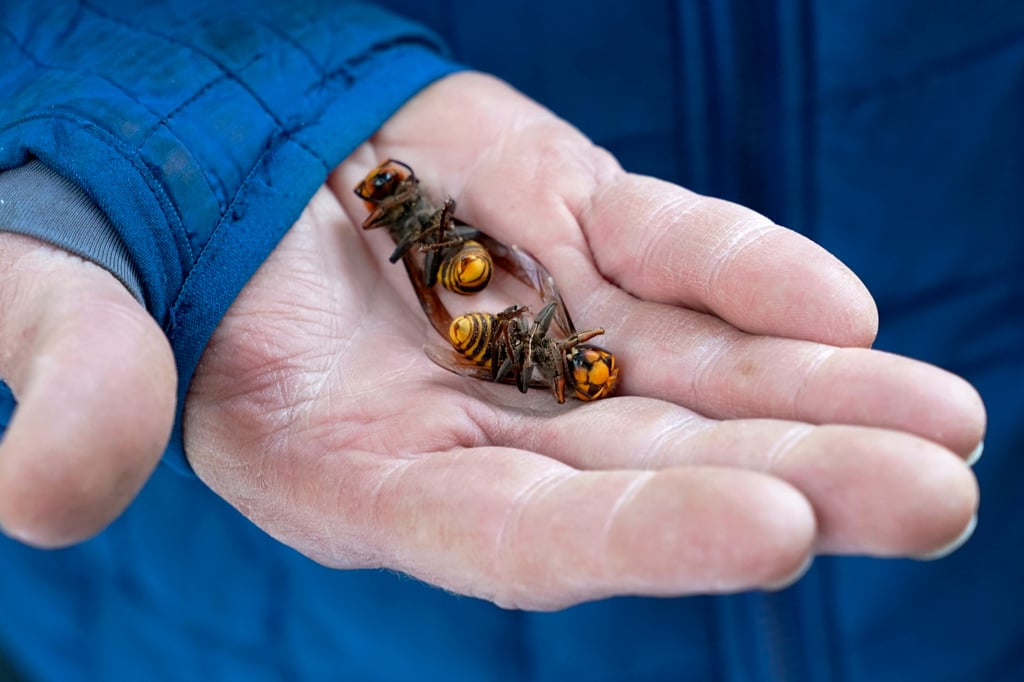The invasion of North America by the largest hornet in the world, an aggressive species native to Japan and other parts of East Asia, has been declared over five years after Vespa mandarinia were spotted in Washington state and over the border in Canada’s British Columbia.
The victory over a species given the alarming title of “murder hornet” comes as a relief to beekeepers in the region, the Associated Press reported, as the powerful insects are able to destroy an entire honey bee hive in a couple of hours and take the larvae to feed the young in their own nest.
Experts caution, however, that local wildlife authorities need to continue to monitor the hornets’ favoured habitats as it is likely that more insects will arrive in North America in cargoes from Asia.
The creatures were first confirmed in Canada in August 2019, with authorities reporting seven nests or sightings. Specimens were sighted in Washington state the following year, with beehives attacked in Whatcom County in the summer of 2020.
Officials in Washington state and Canada have declared the invasion over as there have been no confirmed sightings of hornets since 2021, although there was an unconfirmed report of a “murder hornet” as recently as October. The officials told Associated Press they would remain vigilant to prevent further intrusions and act quickly should nests be detected.

The Asian giant hornet can grow up to 4.5cm long, with a stinger that can inject a powerful venom an additional 6mm long, and has a wingspan of 7.5cm. The hornets typically inhabit forests and low mountain areas, preying on other insects and with an apparent taste for the common honey bee.

 By South China Morning Post | Created at 2025-01-01 01:31:23 | Updated at 2025-01-03 22:32:11
2 days ago
By South China Morning Post | Created at 2025-01-01 01:31:23 | Updated at 2025-01-03 22:32:11
2 days ago








